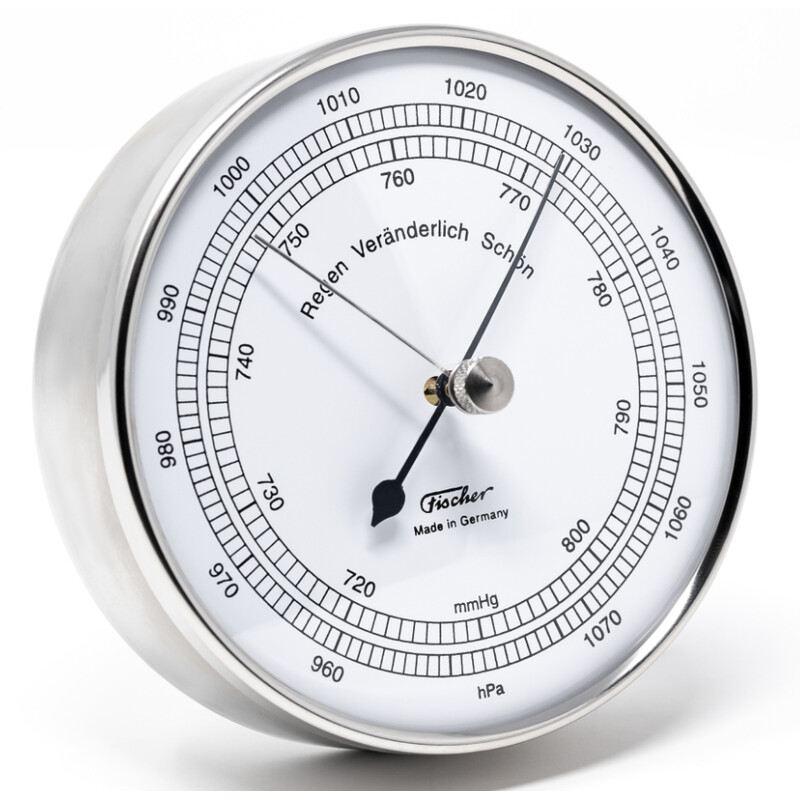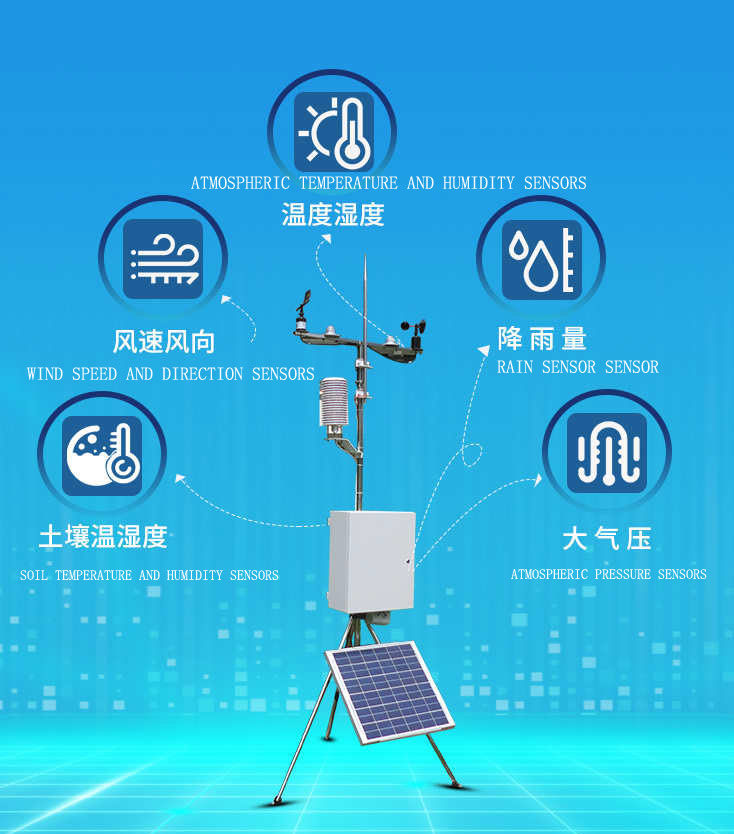Why Purchasing High-Quality Weather Stations Can Enhance Your Daily Planning
Checking Out the Different Types of Specialist Weather Condition Stations for Accurate Information Collection
When it comes to selecting the suitable weather station for data collection, the market provides a selection of alternatives customized to different demands and setups. Allow's check out the nuances of these specialist climate terminals to understand their unique functionalities and determine the best fit for details information collection requirements.
Digital Weather Terminals
In the realm of meteorological instrumentation, electronic weather condition stations attract attention as advanced tools for precise information collection and analysis. These innovative terminals are geared up with sensors that record a large range of weather criteria such as temperature, moisture, barometric stress, wind speed, and direction. The information gathered by digital weather terminals is transferred wirelessly to a central console or a computer system for real-time monitoring and evaluation.
Among the crucial advantages of electronic weather stations is their capacity to provide high-resolution data with precision and integrity. This degree of accuracy is vital for numerous applications, consisting of agriculture, emergency situation, research study, and aviation reaction. Electronic climate stations typically come with software that allows customers to picture the data in various formats like graphs and charts, promoting easier analysis and decision-making.
Wireless Weather Condition Stations
Structure on the capabilities of digital climate stations, wireless weather condition terminals provide boosted benefit and flexibility in data transmission and tracking. By making use of wireless modern technology, these weather condition terminals remove the need for troublesome wired connections, enabling easy installment in different locations. The wireless attribute enables real-time data monitoring from remote areas, offering meteorologists and weather condition lovers with immediate access to essential details.
Wireless weather condition stations commonly contain sensors that accumulate information on temperature, moisture, barometric pressure, wind rate, and instructions. These sensors wirelessly send the data to a central console or receiver, where it is refined and displayed for evaluation. Some progressed wireless climate stations can also link to the web, allowing customers to access their weather condition data from another location through mobile phones or computers.

Prosumer Weather Terminals
What distinguishes Prosumer Climate Stations from standard consumer-grade weather terminals? Prosumer Weather Stations bridge the space in between consumer-grade and professional-grade devices, offering advanced features and greater precision than common home climate stations. These stations are made for weather lovers, amateur meteorologists, and small businesses that need even more specific data than what consumer versions can supply.
Prosumer Weather Stations usually consist of a bigger array of sensors to determine extra atmospheric parameters such as UV index, leaf moisture, and dirt moisture. They also have a tendency to have a greater degree of sturdiness and integrity, making them ideal for long-term outdoor usage in numerous ecological conditions.


Industrial Climate Stations
Industrial Climate Stations, also recognized as meteorological surveillance systems, are specialized instruments created for durable and accurate climate data collection in commercial setups. These stations are tailored to fulfill the distinct needs of commercial operations where precise climate details is important for safety and security, efficiency, and decision-making processes.
Industrial climate terminals are equipped with advanced sensors that can gauge a large range of meteorological specifications such as temperature level, moisture, wind rate and direction, barometric pressure, and precipitation (Weather useful content Stations). These stations are commonly ruggedly constructed to withstand severe environmental conditions normally located in commercial environments
One key feature of industrial weather condition terminals is their capacity to give real-time information monitoring and analysis. This allows industrial facilities to expect weather-related dangers, maximize procedures based on climate condition, and make sure the safety and security of employees and tools. In addition, commercial climate terminals can be incorporated right into existing commercial control systems for seamless data management and automation.
Portable Weather Condition Stations
Unlike fixed commercial climate terminals, mobile weather condition terminals supply flexibility and movement for on-the-go information collection in different ecological setups. These small systems are designed to be easily carried to different places, making them suitable for field research study, emergency action scenarios, farming, building and construction websites, and outside events.
Portable weather terminals commonly consist of sensors for measuring criteria such as temperature, humidity, barometric stress, wind rate, and wind direction. Some progressed versions may also include extra sensors for monitoring rains, solar radiation, and UV degrees. In spite of their small dimension, portable climate terminals can giving reliable and exact data equivalent to that of larger, dealt with stations.
One of the crucial advantages of mobile weather terminals is their quick release and simplicity of setup. They can be functional within minutes, enabling for quick information collection and evaluation. Furthermore, these stations can be set to transmit real-time information wirelessly, allowing customers to keep track of and assess ecological conditions from another location. Overall, portable climate stations are invaluable devices for professionals needing portable, precise, and prompt have a peek at these guys weather details in diverse setups.
Final Thought
In conclusion, specialist climate terminals come in various kinds such see this website as electronic, wireless, prosumer, industrial, and portable. By understanding the distinctions between these types of weather condition stations, individuals can make informed choices to ensure they get the most accurate and reputable climate data for their purposes.
Climate))))
Building on the capacities of digital weather terminals, wireless weather condition stations supply improved convenience and adaptability in data transmission and surveillance. Some advanced cordless weather condition terminals can even connect to the web, allowing individuals to access their weather information from another location by means of smartphones or computers.
Prosumer Weather condition Stations bridge the void between consumer-grade and professional-grade devices, offering even more sophisticated attributes and higher accuracy than typical home weather condition terminals. Weather Stations. Generally, mobile weather condition terminals are vital tools for experts calling for portable, exact, and timely weather condition details in diverse setups
By understanding the differences in between these types of weather condition terminals, individuals can make enlightened decisions to guarantee they get the most trustworthy and precise climate data for their objectives.